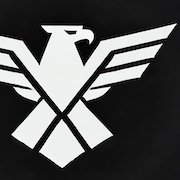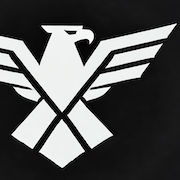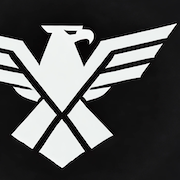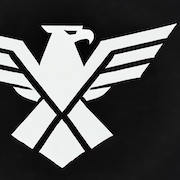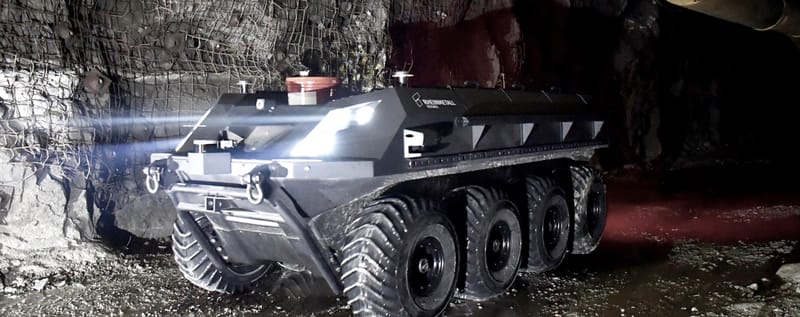Germany Orders 120 Patriot PAC-3 MSE Missiles: What the €763.5M Deal Means for NATO Air Defense
Germany’s €763.5M order of 120 PAC-3 MSE missiles to enhance its Patriot air defense system highlights how early procurement shapes air defense readiness and access in a constrained global supply environment.

Berlin Advances Missile Shield with Major U.S. Procurement
In late 2024, Germany finalized a major air defense acquisition: 120 PAC-3 MSE interceptor missiles for the Patriot system under a €763.5 million contract with the U.S. Foreign Military Sales (FMS) program. Now, in early 2025, this procurement is emerging as a key signal of how NATO allies are adapting to shifting industrial dynamics, delivery bottlenecks, and urgent defense requirements.
Approved by the Bundestag Budget Committee on December 18, 2024, the deal totals €763.5 million, comprising:
- €641.6 million from the Bundeswehr’s special fund
- €121.9 million in VAT, paid upon delivery from Lockheed Martin
- Delivery Plan: 75 missiles in 2028, and 45 in 2029
Germany's early prepayment of the full contract value—unusual in scope—is intended to secure a delivery priority in a fiercely competitive global supply environment.
Strategic Background: Why PAC-3 MSE and Why Now?
The order comes at a time when European NATO members are under mounting pressure to modernize layered air defense systems. Russia’s war in Ukraine, evolving missile threats from Iran and North Korea, and increasing tensions in the Indo-Pacific have made high-performance interceptor systems a cornerstone of Western defense planning.
Germany already operates the Patriot system and is committed to ESSI – the European Sky Shield Initiative, which aims to pool resources among 20+ nations to create a tiered, interoperable air defense network.
Germany’s commitment to Patriot modernization follows the formal cancellation of the TLVS program, which had attempted to create a more autonomous, German-led evolution of the MEADS system.

Missile Technology: PAC-3 MSE and Its Role in 21st Century Security
The PAC-3 Missile Segment Enhancement (MSE) is Lockheed Martin’s most advanced interceptor in the Patriot family. Key specifications include:
- Hit-to-Kill Technology: Instead of fragmentation, it relies on kinetic energy and direct impact
- Dual-Pulse Rocket Motor: Enables greater range, maneuverability, and extended engagement envelope
- Capability: Can defeat tactical ballistic missiles, cruise missiles, and advanced aircraft
- Integration: Works seamlessly with IBCS, THAAD, and even the F-35 in JADO doctrine
This makes it a core tool in Joint All-Domain Operations (JADO) and multi-layered missile defense strategies, and it's why over 1,700 units have already been delivered to U.S. and allied forces.
Lockheed Martin’s Expanding Production and Germany’s Place in the Queue
Germany’s urgency is understandable. In late 2024, Lockheed Martin received a contract from the U.S. Army to ramp up PAC-3 MSE output to 650 units annually. According to our reporting, this marks a record pace backed by new facilities and lean manufacturing methods.
By paying the full amount upfront, Germany has effectively jumped ahead of other nations vying for delivery windows in 2028 and beyond.

Bundeswehr Defense Budget and Funding Pathway
The contract is one of many now drawing from Germany’s €100 billion “Sondervermögen Bundeswehr” fund, introduced in 2022. However, this fund is finite and—according to a critical budget review—much of it is already committed.
This PAC-3 MSE order also ties into debates about procurement reform and efficiency, a topic explored in depth in Germany’s accelerated military procurement analysis.
Integrated Air Defense: Germany’s Broader Strategic Layering
Germany is not relying solely on PAC-3 MSE. Its multi-tiered air defense is increasingly integrated across systems:
- IRIS-T SLM: Medium-range SAM system designed for rapid deployments — details here
- A400M-based airdrop platforms: Supporting mixed personnel and cargo deployments — read more
- Eurofighter + F-35 acquisition strategies**: Germany is re-evaluating U.S. systems amid control concerns
Read our in-depth article about the ESSI Skyshield here on Großwald:
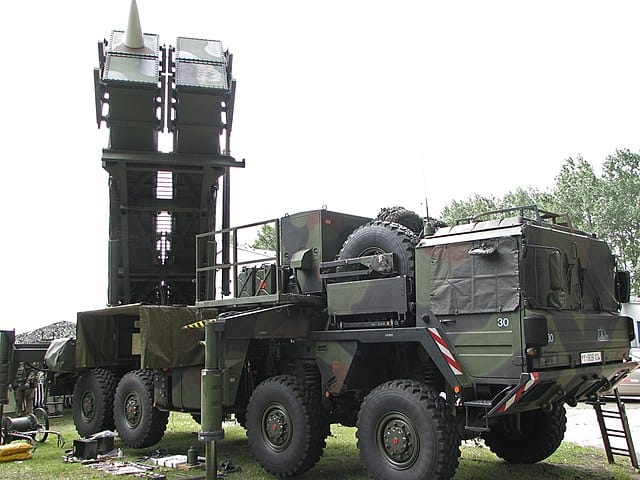
Implications for NATO, ESSI, and EU Defense Autonomy
Germany’s PAC-3 MSE buy is as much about NATO leadership as it is about defense. The missiles will:
- Strengthen ESSI infrastructure
- Boost NATO’s Integrated Air and Missile Defense (IAMD) capability
- Reinforce data link integration, like those explored in NATO’s tactical data push
It also reinforces Germany’s broader pivot from reliance to leadership—aligning with Diehl's own production expansions and the digitization of C2 systems.

Related Reads from Großwald.org:
- PAC-3 MSE Production Ramps Up Globally
- IRIS-T SLM Missile System: Timeline and Challenges
- Bundeswehr Procurement: Where Reforms Succeeded — and Failed
- NATO Interoperability via Tactical Data Links
- Taurus KEPD 350 Modernization Contracts
Conclusion: A Strategic Investment in Long-Term Readiness
Germany’s order of 120 PAC-3 MSE missiles represents a clear commitment to strengthening its air defense capabilities within both national and NATO frameworks. By securing a delivery position early and aligning with Lockheed Martin’s expanded production capacity, the Bundeswehr is addressing future operational requirements now—before bottlenecks emerge.
This procurement fits into a wider modernization effort that includes IRIS-T SLM, command system upgrades, and integration into broader European defense initiatives like ESSI. As Germany continues to adapt its force posture, this move supports not only national defense, but collective security across the continent.
Germany’s early positioning may also serve as a model for other European NATO members navigating tight defense supply chains and emerging regional threats.


